Someone unfamiliar with retail might think it sounds simple: the customer pays money and the retailer provides them with a product. In reality, retail businesses are complex ecosystems of materials, transportation, customer service, and financial processes.
A solid retail operations strategy allows online and offline businesses to navigate all these different concerns and challenges. Whether you have a chain of brick-and-mortar stores or an ecommerce site, understanding and optimizing retail operations is essential.
In this article, we’ll explain exactly what retail operations are and how they work together to create the customer experience directly and behind the scenes. We’ll also cover how different tools, technologies, and partners help retailers maximize efficiency and profits.
What are retail operations?
Retail operations are the tasks and processes that make a retail business function — from sourcing materials to managing and storing inventory to getting an order to the buyer’s doorstep.
It’s a broad category, but the main challenge of retail operations is providing a good customer experience (easy, personalized, fast, etc.) while maximizing profits through efficient processes.
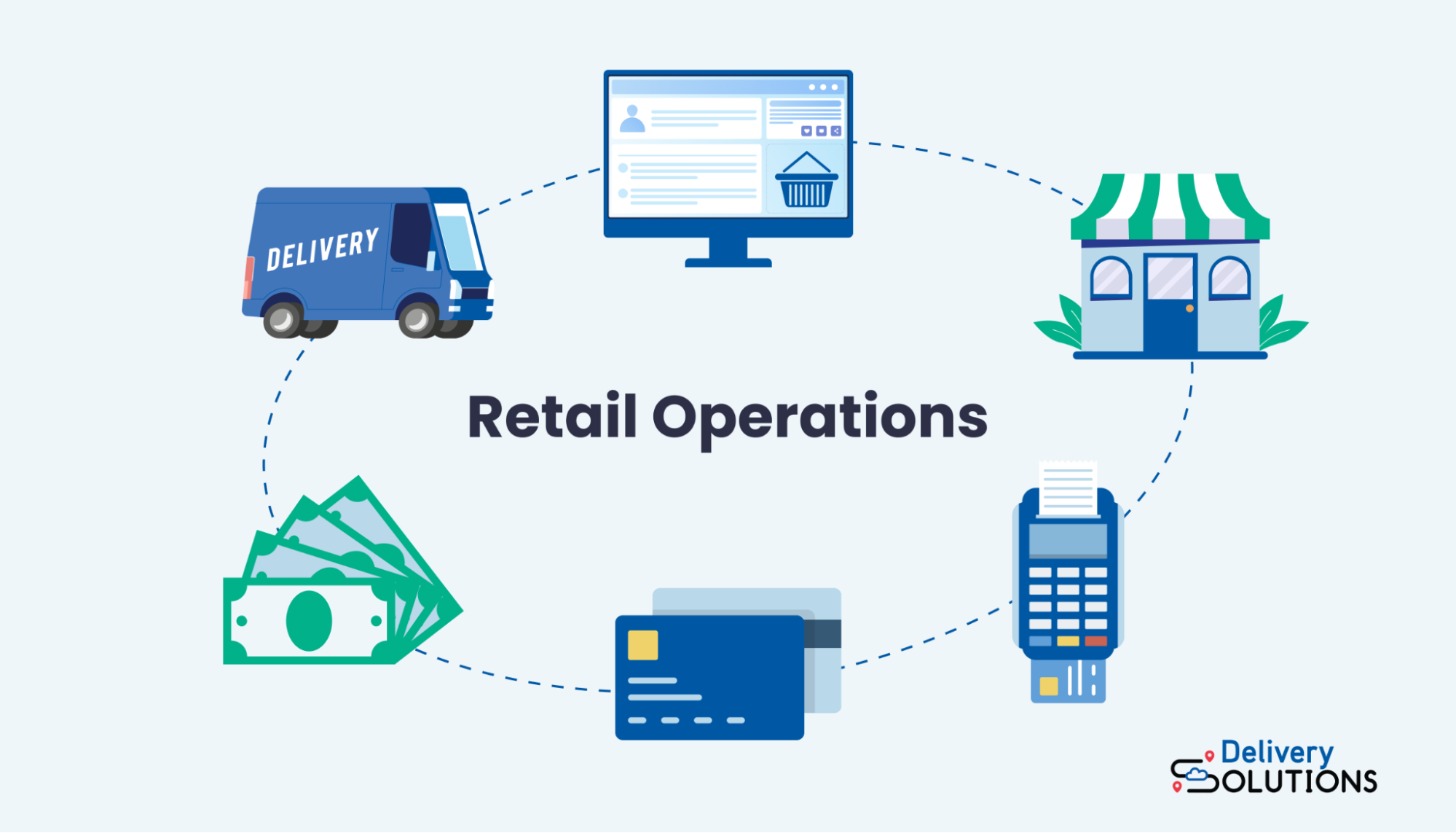
Because they’re both concerned with how a retail business is run, retail operations are closely related to retail management. Unlike retail operations, retail management also includes managing the employee experience, marketing, and accounting.
What do retail operations look like in practice?
Since retail operations is such a broad term, it helps to look at some real-world examples.
Example 1: Delivery of order
Ensuring an order arrives safely at its destination on time is a key element of a business’ retail operations. From packing an order to batching it with other orders to moving from one shipping partner to another, a retail business needs to have procedures and tasks to complete the process. Part of retail operations is determining which final mile carrier to use and how tracking information is provided to the customer.
Example 2: Design of ecommerce store
To operate a functional online business, you need a website or ecommerce store. The design of an ecommerce store or website greatly impacts the customer experience. Therefore, how your ecommerce site is designed and updated is an important operational question.
For example, retailers need to have methods for updating their site when products are out of stock or unavailable. Ideally, your inventory records should integrate with your ecommerce technology.
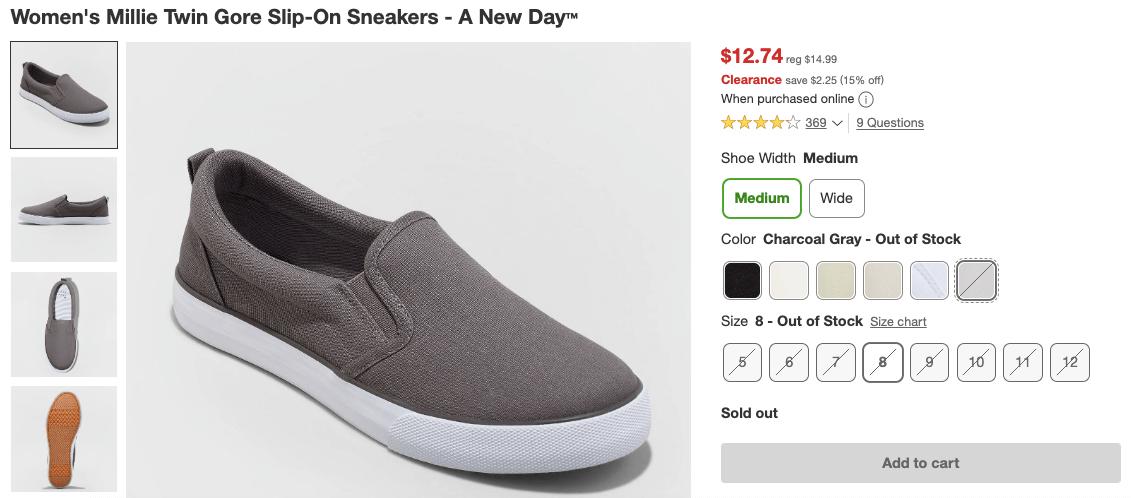
Example 3: Return processing
Returns are an inevitable part of almost any retail business, including ecommerce stores. In fact, nearly half of internet users said they had returned an online purchase in the past year.
How your company processes a return (shipping, refunds, etc.) is an important part of retail operations, affecting both the business and the customer. Retailers need processes to manage return shipping, update inventory, and refund customers.
5 main types of retail operations
Retail operations contain many tasks and processes, most of which fall into one of five categories.
Inventory and supply chain management
Tracking inventory might seem simple to the uninitiated, but retailers know it is anything but. Inventory management doesn’t just mean counting what product you have in stock. It’s an essential part of supply chain management. Businesses need to accurately track what products they have, what raw materials they need, and project future demand.
Working with a 3rd-party logistics company is one way to get a handle on inventory and the supply chain. 3PL providers often have warehouse space and staff trained in picking, packing, and documenting orders. Some 3rd party logistics services can even help you navigate supply chain challenges.
3PL partners often use inventory management software to keep track of products, but individual businesses may also use these tools. Inventory management software can help you track what finished product you have, as well as what raw materials and work-in-progress inventory. With all your inventory data in one place, you can also learn from past trends to predict future needs and compare the cost of carrying and storing product versus buying more later.
Inventory is just one part of supply chain management, including sourcing raw materials, turning materials into products, distribution and delivery, and reverse logistics (returns). With storage, transportation, and labor in high demand, any stage of the supply chain can pose problems that affect the entire business.
Buying experience
No matter what products you sell, when the customer chooses to buy, you’re creating an experience. For brick-and-mortar retailers, the buying experience includes how easy it is to get to or park at the store, the atmosphere of the retail space itself, how products are organized within the store, and how employees engage with customers. Each of these factors will affect customer satisfaction, which is why smart retailers have standards and procedures in place.
Although ecommerce stores may not have a storefront, they still create a buying experience. Much like a traditional store, how your ecommerce site is organized (categories, search functionality, ease of use, etc.) can greatly impact the customer experience.
Online retailers naturally want to encourage customers to add more products to their cart, but the final purchase process is also a huge opportunity for optimization. For example, when someone is ready to purchase, you want to make the process easy and fast.
Many retailers, like shoe brand Rothy’s, offer a variety of payment methods. If a customer wants to use Amazon Pay, they can do so with a click of the mouse. Even if the customer is paying by credit card, they can do so without creating an account. Each step or page you remove from the buying process removes a barrier between the customer and a completed purchase.
Payments and refunds
How a retail business exchanges money affects both the customer and the business. As we mentioned, the different types of payment you offer (Apple Pay, Google Pay, PayPal, etc) affect the customer experience. But retailers also must choose from different payment processors, which charge different fees and may operate on different timelines.
Retailers with storefronts will need a point of service (POS) system to collect payment. Online retailers' choice of payment processor and payment types may depend on which ecommerce platform you use.
And retailers also need to have processes and tools in place for refunds in the case of returns or other mishaps. Your returns and refund processes are important both for managing your finances, but also for attracting customers. Ninety-two percent of online shoppers consider return and refund policies when deciding where to shop.
Whatever kind of business you have, how you handle money can impact customer satisfaction, employee experience, and your bottom line.
Fulfillment and delivery
Unlike traditional stores, the transaction isn’t complete for online retailers when the customer pays. After the customer makes an online purchase, the onus is on your business to deliver the order.
Fulfillment includes processing orders, picking and packing items, and batching orders for shipment. Small businesses might handle fulfillment in-house, but many turn to 3PL providers as a business grows. These logistics services providers allow retailers to rent the warehouse space they need and grow as their business scales.
Research shows that consumers have high expectations when it comes to ecommerce fulfillment. Ninety-one percent of customers said they expect their order to come within a week. Another 70% said they would be upset if an order was late.
The final step in the delivery process, when the order is transported from a local shipping hub to the delivery destination, is called the “last mile.” This is typically the most expensive part of the fulfillment process, so retailers always look for ways to solve the “last mile problem.” Larger retailers are avoiding the expenses of last mile delivery by encouraging customers to use curbside delivery or to buy online and pick up in-store (BOPIS).
Customer service
While “customer service” used to mean talking to someone in person or on the phone, ecommerce and web-based interactions are now the norm. What has remained the same is that customer service can make or break a business. Research found that 89% of consumers said they would be more likely to purchase from a business again after having a positive customer service experience.
Online chat is now a common way retailers interact with customers; overall, the method works. In 2021, 84% of live chat users said they were satisfied by the experience. But chatbots, which use multiple choice interfaces or artificial intelligence to help customers, are also common.
Customer service operations often begin with setting basic policies and offering resources to keep customers happy. You can avoid a lot of frustrating customer service interactions by offering a frequently asked questions (FAQs) page or help page on your website. However, there will always be cases where a customer needs personalized attention. Designating who is responsible for those services (your customer success team, a 3rd party service, etc.) is an important part of retail operations.
How to optimize and automate retail operations
So how do you make retail operations more efficient? How do you create better experiences while keeping costs low? Automation, logistics partners, and adaptability allow retailers to optimize operations and better serve customers.
Integrated technology
Whether online or offline, the modern retail experience is shaped by technology. Along with payment processors and ecommerce platforms, companies often need to incorporate inventory management systems, order tracking, and customer service tools. These technologies need to integrate and work together for a retail business to function well.
For example, if someone contacts customer service and wants to make a return, they will also need a return shipping label generated by another system. Or if an item suddenly becomes unavailable, the inventory management software must communicate that to the ecommerce store.
Delivery Solutions developed their unified omnichannel platform to give businesses centralized control over all these operations.
3rd-party logistics
Along with technology, many retailers can optimize and improve their operations by partnering with third-party logistics companies. 3PL providers can handle warehousing, inventory management, fulfillment, returns, shipping, and more. And because they specialize in logistics, they can often do it more efficiently than a retailer.
The right 3PL partner can also help you scale your business. When you need more space for inventory, they can usually provide it. If you need to use freight shipping for large orders, a 3PL company may have existing relationships with shipping partners. Third-party logistics companies give even small businesses access to professional fulfillment resources.
Flexibility and options
Supply chains, markets, and customer expectations are constantly evolving. For a retail business to succeed, it has to adapt to the many logistical challenges that come up. And the right technology and partners can help you do it.
Delivery Solutions is a first-of-its-kind way to connect with tons of logistics and delivery partners. You gain an intuitive post-purchase experience for customers and access to dozens of shipping and delivery partners, from UPS and FedEx to Uber and Instacart. When you have access to different partners and services, you can change course when a logistical problem occurs.
When you have options, you have more ways to solve problems and delight customers.
Optimize your retail operations
Retail operations is a broad category affecting nearly every business part. As markets, supply chains, transportation, and customer expectations evolve, so must your retail operations. However, a good foundation of technology and logistics partners will always be an asset.
Even if you can’t overhaul all your operations simultaneously, look for opportunities to increase efficiency and improve the customer experience. The unified omnichannel platform from Delivery Solutions gives retailers and customers unprecedented visibility and flexibility. This new tool helps businesses optimize fulfillment and retail operations.
Delivery Solutions customers gain access to a wealth of services and partnerships to elevate their retail operations. Schedule a demo to get started.
Ryan Caldarone
Ryan is a Sr. Digital Marketing Manager with over ten years of experience in B2B eCommerce, specializing in brand storytelling and content. Having contributed to hundreds of creative projects for SMBs and startups across the tech, energy, and fine arts sectors, Ryan brings diverse perspectives.
Topics from this blog: Solutions Retail Management 3PL

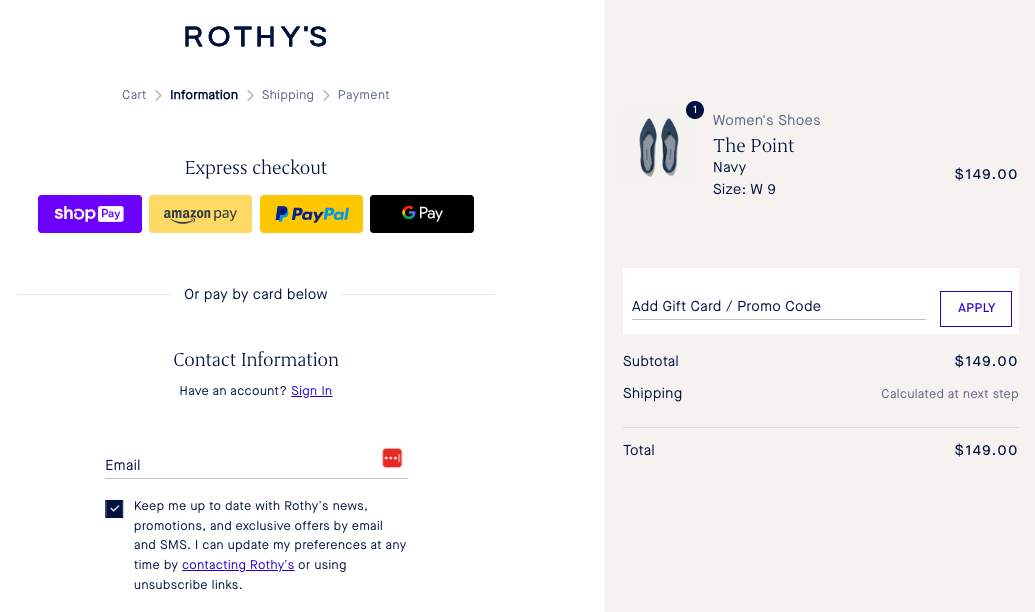 (
(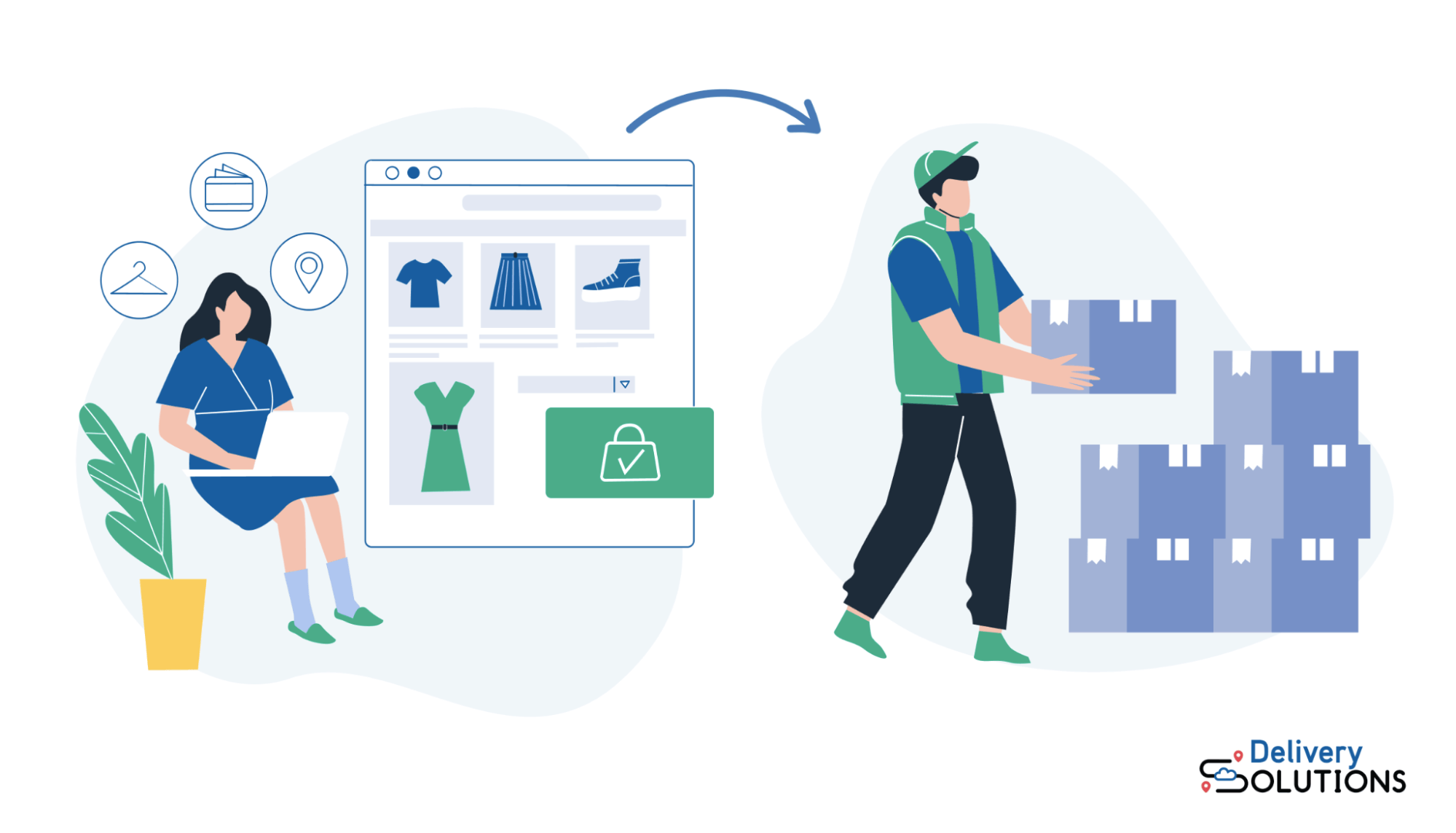 (
(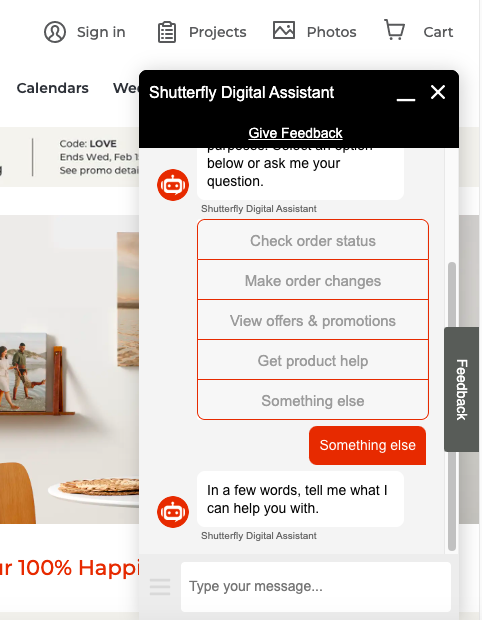 (
(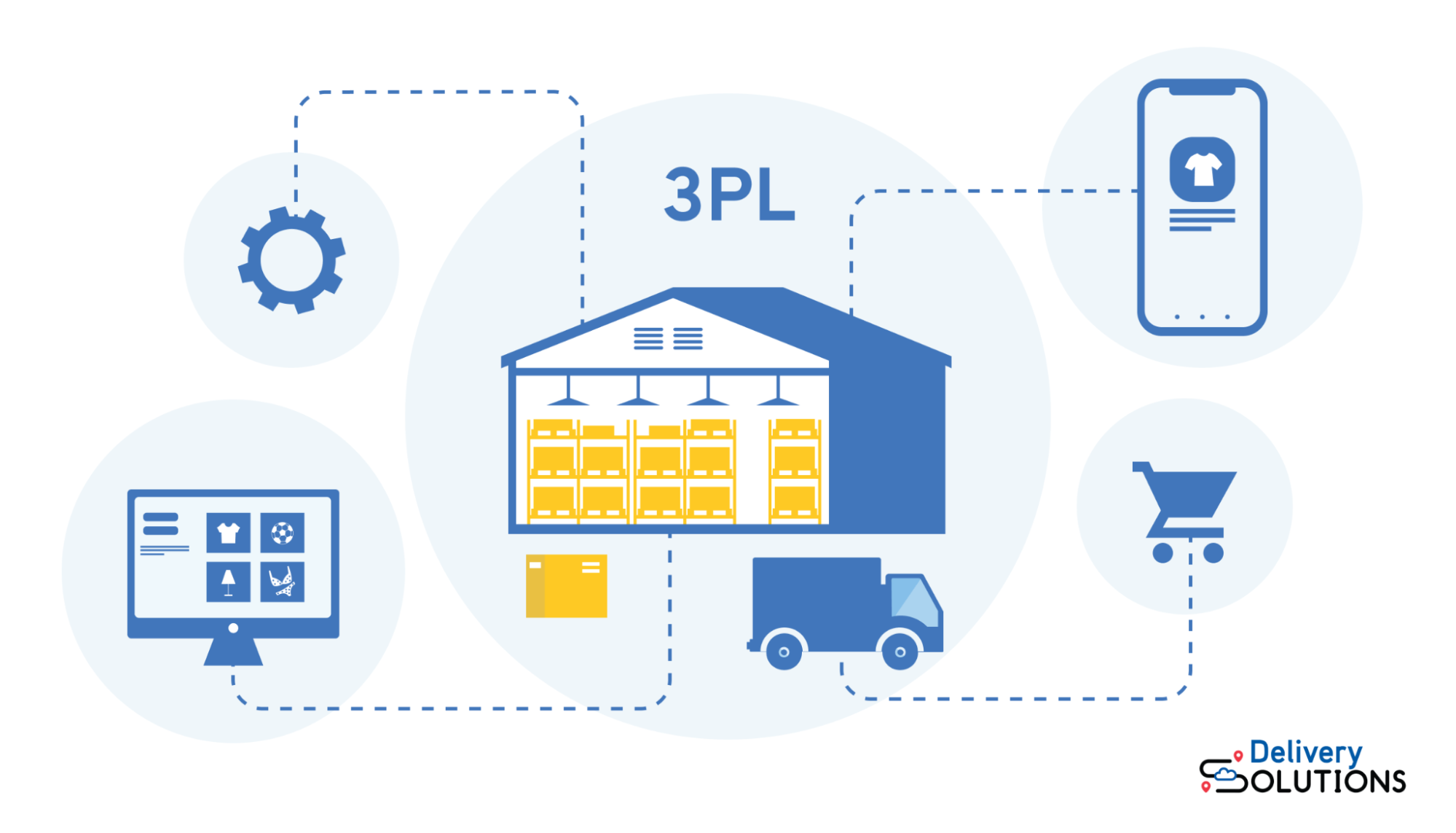 (
( (
(